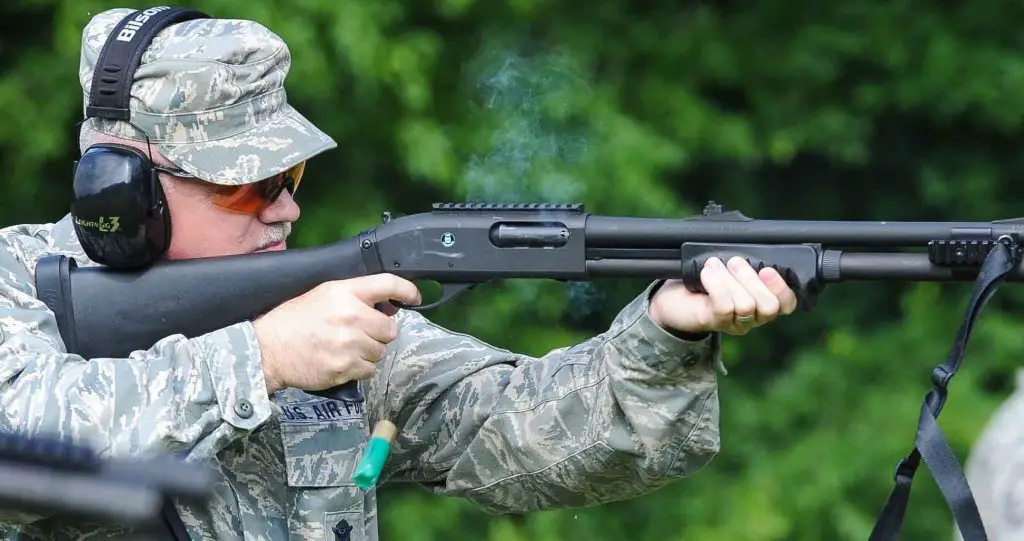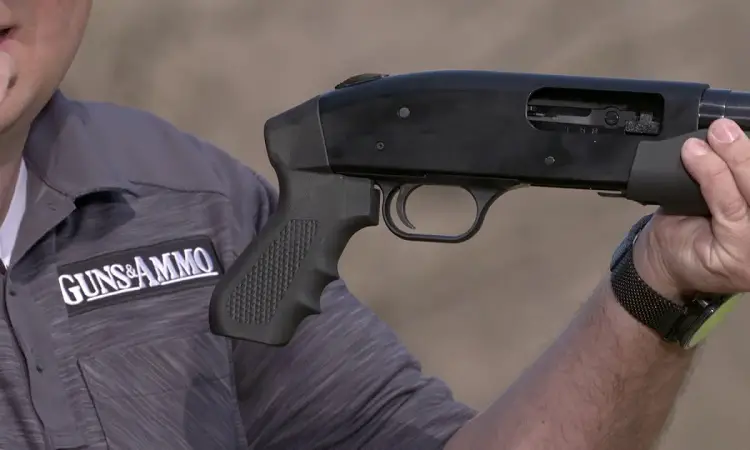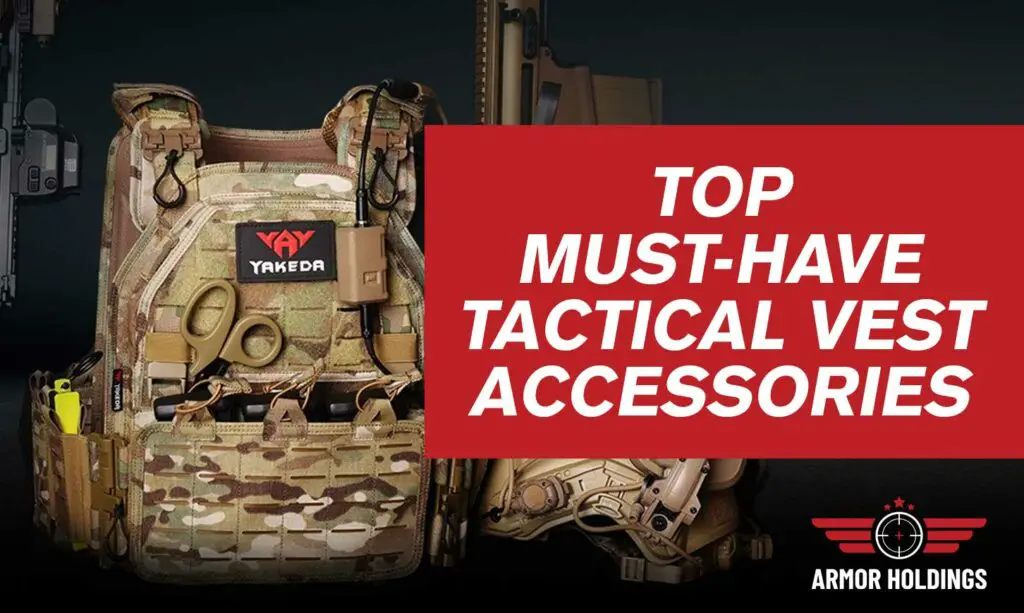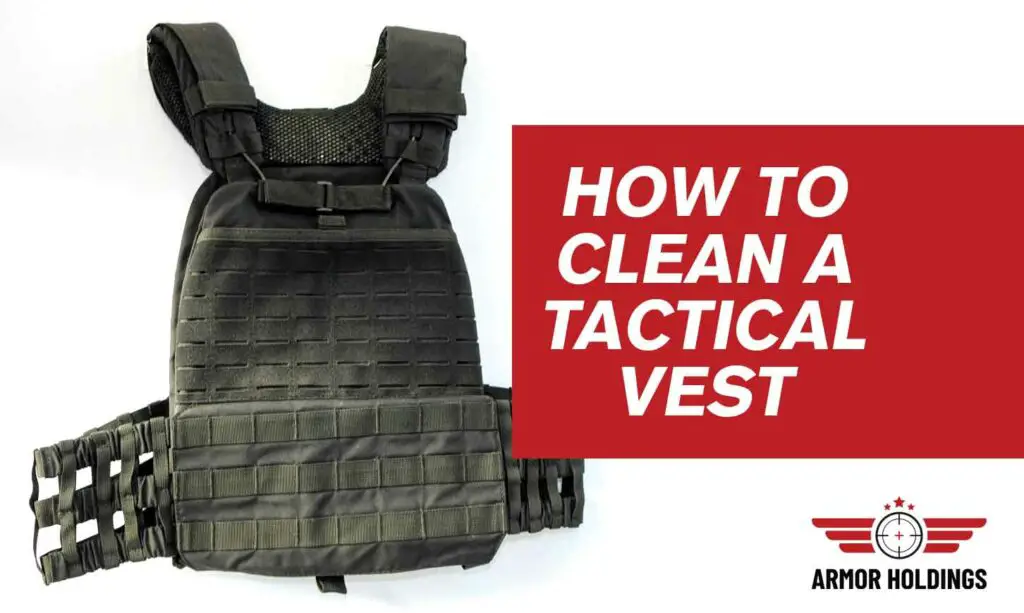
The Pistol Grip Shotgun Explained
A firearm is rarely a straightforward thing, and one look at the pistol grip shotgun will highlight just how true that is.
Shotguns that feature the familiar pistol grip found on handguns are often debated among firearm experts and hobbyists, with good and bad points that are certainly worth debating.
So, what is a pistol-grip shotgun? A pistol grip shotgun is a specialty firearm that features a protruding handle under its main part that is held by the shooter, giving an almost vertical grip for them to hold.
This stock configuration may be more comfortable to hold than a regular shotgun, but it can also be dangerous.
If you’ve always wanted the pistol grip explained, we can help, with this simple guide that answers all of the important questions.
We’ll explore the configuration of these weapons, their pros and cons, and what you have to be aware of as an owner when it comes to the law.
What is a Pistol Grip Shotgun?

A pistol grip is a specific type of grip or handle that protrudes from underneath the mainframe of the gun.
The grip is held by the hand of the shooter, usually by the hand that will be operating the trigger, and it allows them to have a more vertical positioning that may be more ergonomic.
A traditional shotgun requires two hands to operate, but with the addition of a pistol grip underneath the main component of the gun, it can be held with just one.
However, if you plan on firing one of these, there’s a lot of extra training that must go into it, as people find they take some getting used to.
Although a pistol grip isn’t traditionally found on shotguns, some modified versions feature them, and these will usually be in place of the stock entirely.
A ‘pistol grip only’ or ‘pistol grip firearm’ is the term used for a shotgun that has had the stock removed altogether.
Technically, by removing the stock, this firearm can no longer be classified as a shotgun in the legal sense.
However, most people still regard a pistol-grip shotgun to be one, even with these modifications.
A pistol grip shotgun can be modified at home using an existing shotgun, with some stipulations, but the best approach is to choose one that’s factory-made.
The Pros and Cons
Ask any gun owner about their thoughts on pistol grip shotguns and firearms, and they’ll likely be firmly on one side of the fence more than the other.
If you still don’t know where you stand, check out the potential advantages and disadvantages of working with a PGS to see what you think.
Pros of PGF
- If you don’t like the feel of a traditional shotgun and feel more at home handling a rifle, you may appreciate a pistol grip shotgun. Because of the placement and angle of the vertical grip, you can gain better leverage on the gun which helps some people with aiming and accuracy.
- Operating a gun with one hand is a preference of many and can make it a lot easier to use the gun. With one hand on the grip, you’ll have the other hand free to reload as needed, so there’s less time and energy spent messing around and no precious moments wasted.
- Some people find that being able to have a free hand is beneficial in a home defense situation. Imagine that you are aiming the gun towards a potential intruder or threat of attack, and you have a free hand to guide your family to a safe point using hand signals.
- Versatility is a huge advantage in these guns that feature the pistol grip stock configuration. You’ll get a lot more choice in things like level of recoil, adjustments for length of pull, and where and how the gun folds, including the top or side of the receiver.
Cons of PGF
- A major issue of using a pistol grip shotgun is that it can feel uncomfortable, especially if you’re used to a standard stock on your firearm. Some people find that their eyes are hard to get at the right level compared to the bore of the gun, so be prepared to take time to get acquainted.
- If you plan on modifying an existing gun with a pistol grip, you might find it doesn’t work on all of them. This configuration needs to be planned carefully as not all firearms are designed for this type of stock.
- With a pistol grip only configuration that features no stock at all, you’ll lose serious points in accuracy and speed, and it’s not recommended in most cases. If you’re thinking about using one of these for home defense, you will likely end up doing more damage to yourself or your loved ones than any attacker.
- A pistol grip only shotgun that doesn’t have a stock is awkward to hold and unsafe to reload with one hand. While attempting this, you’ll need to keep the gun steady in one hand and support its weight, while trying to load the shells in with your other, which can be complex.
- Without a stock in place absorbing the recoil of your shot, you’ll likely feel it more in your shoulder, and some in your hands as well. Having this recoil placement in multiple parts of your body can lead to issues with accuracy and is part of the discomfort and awkwardness some people find when using a PGO.
Legalities and Classifications of Pistol Grip Shotguns

Within the PGO and PGF categories are any firearms that feature a smooth barrel with a length of more than 26 inches but without a buttstock.
It’s their placement in this category that means they’re a standard firearm and not part of the restrictions usually in place with other NFA firearms, but there are some caveats.
Classifying a pistol-grip shotgun gets harder when people attempt to create or modify one at home.
If you want to create a legal firearm and the barrel length is less than 18 inches, it must have been originally made from a gun that never had a buttstock attached to it in the first.
Otherwise, you will technically be creating a short-barreled shotgun which then falls under the restrictions in place for NFA guns.
If you do plan on owning a pistol-grip shotgun, it’s always best to purchase one that’s been custom-made and within the legal requirements.
Some manufacturers create PGFs that were made in the factory without a buttstock, and so they don’t come under the same restrictions.
As always, the onus is on you as the gun owner to understand and comply with the laws and regulations that are in place.
Each state has its own legislation regarding shotguns and modified ones, so make sure you do your research before getting yourself a firearm of any kind.
The Place of the PGF
A pistol grip shotgun can be a wonderful thing if used correctly and safely, and although there are is a lot of debate surrounding them, it’s up to the individual shooter to decide what they’re comfortable with.
Before jumping in and using one of these shotguns as your home defense weapon though, we always recommend extensive training so that you can be confident when firing one.
Related Questions
A pistol grip shotgun is just one variation that these long guns can have, and with no shortage of ways to modify your firearms these days, there’s bound to be many more.
If you want to learn more about the different types of shotguns and what each of them brings to the table, read on for some FAQs and expert answers.
What is a Sawed-Off Shotgun?
A sawed-off shotgun is a type of shotgun that has a barrel under 18 inches and has either no stock or a shortened.
Although they have the name ‘sawed off’ this doesn’t mean that the barrel length has been reduced this way, as it’s more a nod to the traditional method of creating them.
What is a Riot Shotgun?
A riot shotgun is one that has been modified to make it better suited as a defensive weapon, so they are dissimilar to a hunting-style one.
Typically, a riot shotgun will have a shorter barrel for maneuverability and higher capacity in the magazine, but there are varying types and classifications.
What is an Automatic Shotgun?
An automatic shotgun operates by recycling some of the energy created by the shot to cycle the action and reload the firearm so that it fires continuously.
These types of shotguns will be able to fire repeatedly until there’s no more ammunition or left or until the shooter releases the trigger.
Resources:

